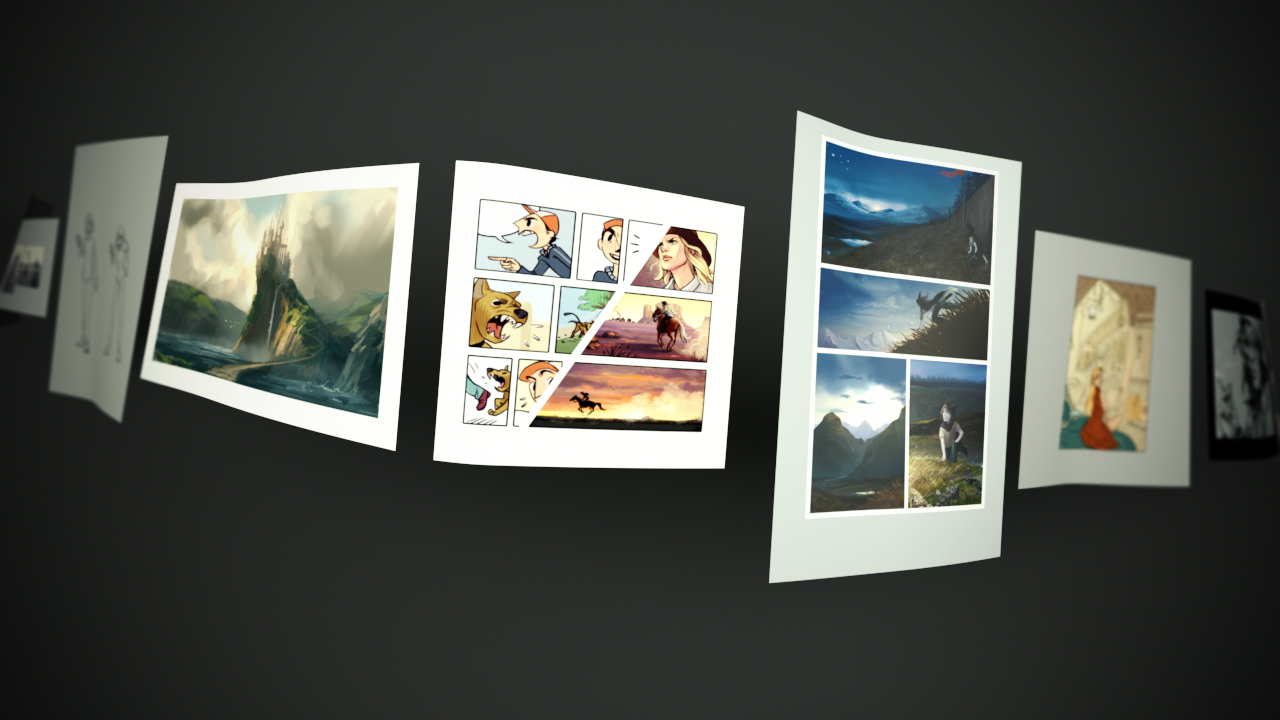Description
In this course, you will learn:
- The components of a strong novel outline and writing strategy.
- The interplay between character and conflict dynamics.
- How to use the architecture of storey structure to create a storey.
- A look at some of the most prevalent plot flaws.
- How to move from outlining to draught writing
Syllabus:
- Introduction to the course.
- Writing as layers of decision-making. What outlines can look like (narrative, point form, pictorial, etc.).
- What an opening can accomplish: first sentence, first paragraph, first page.
- How to build character. What are the main elements that will keep a reader’s interest in a character for the length of an entire novel?
- Conflict and antagonism. Without conflict a story has no forward momentum. We’ll discuss the three levels of antagonism that your protagonist should face.
- World-building. Whether the learner is working on science fiction, historical fiction, or contemporary literary fiction, creating a rich, vivid, and credible world will be key to holding the reader’s interest.
- We’ll apply the lessons of character to an understanding of the motion of story. Last week we sketched our character; this week we’ll animate that character.
- The internal journey and its accompanying concepts: belief systems, and making the internal and external stories work in tandem.
- Transformation of character, and the analysis of various kinds of structure (forwards, backwards, spiral, etc.) with concrete examples.
- Scene design in depth: the components of a scene, scene analysis tools, deconstructing and rewriting scenes.
- The three-act structure, from screenplay to novel.
- Common problems in Acts II and III. Structural analysis tools and how to use them.
- The relationship between reading and writing.
- Endings and how to get there.
- Producing a workable writing plan that fits your life and schedule.
- Dealing with writer’s block and procrastination.
- How to work from the outline, and how to deal with setbacks.
- Treating writing like a job.









